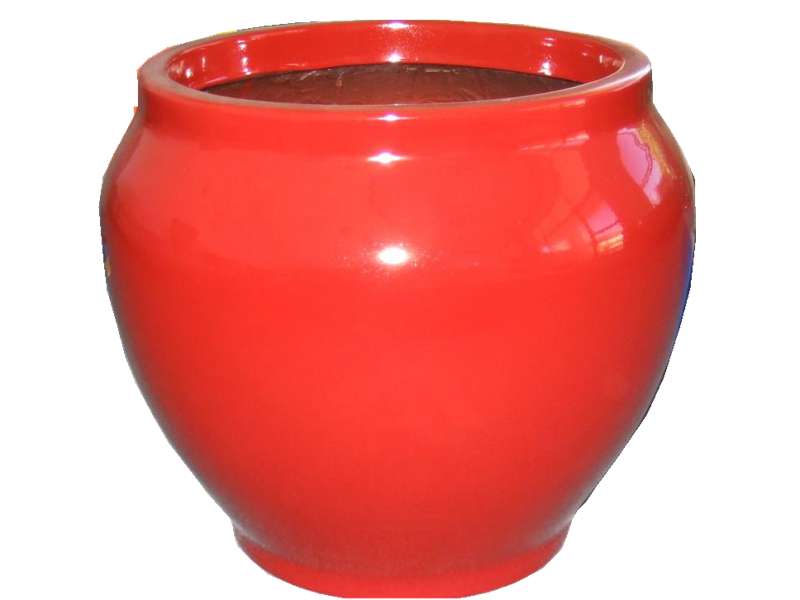
-
 Afrikaans
Afrikaans -
 Albanian
Albanian -
 Amharic
Amharic -
 Arabic
Arabic -
 Armenian
Armenian -
 Azerbaijani
Azerbaijani -
 Basque
Basque -
 Belarusian
Belarusian -
 Bengali
Bengali -
 Bosnian
Bosnian -
 Bulgarian
Bulgarian -
 Catalan
Catalan -
 Cebuano
Cebuano -
 China
China -
 China (Taiwan)
China (Taiwan) -
 Corsican
Corsican -
 Croatian
Croatian -
 Czech
Czech -
 Danish
Danish -
 Dutch
Dutch -
 English
English -
 Esperanto
Esperanto -
 Estonian
Estonian -
 Finnish
Finnish -
 French
French -
 Frisian
Frisian -
 Galician
Galician -
 Georgian
Georgian -
 German
German -
 Greek
Greek -
 Gujarati
Gujarati -
 Haitian Creole
Haitian Creole -
 hausa
hausa -
 hawaiian
hawaiian -
 Hebrew
Hebrew -
 Hindi
Hindi -
 Miao
Miao -
 Hungarian
Hungarian -
 Icelandic
Icelandic -
 igbo
igbo -
 Indonesian
Indonesian -
 irish
irish -
 Italian
Italian -
 Japanese
Japanese -
 Javanese
Javanese -
 Kannada
Kannada -
 kazakh
kazakh -
 Khmer
Khmer -
 Rwandese
Rwandese -
 Korean
Korean -
 Kurdish
Kurdish -
 Kyrgyz
Kyrgyz -
 Lao
Lao -
 Latin
Latin -
 Latvian
Latvian -
 Lithuanian
Lithuanian -
 Luxembourgish
Luxembourgish -
 Macedonian
Macedonian -
 Malgashi
Malgashi -
 Malay
Malay -
 Malayalam
Malayalam -
 Maltese
Maltese -
 Maori
Maori -
 Marathi
Marathi -
 Mongolian
Mongolian -
 Myanmar
Myanmar -
 Nepali
Nepali -
 Norwegian
Norwegian -
 Norwegian
Norwegian -
 Occitan
Occitan -
 Pashto
Pashto -
 Persian
Persian -
 Polish
Polish -
 Portuguese
Portuguese -
 Punjabi
Punjabi -
 Romanian
Romanian -
 Russian
Russian -
 Samoan
Samoan -
 Scottish Gaelic
Scottish Gaelic -
 Serbian
Serbian -
 Sesotho
Sesotho -
 Shona
Shona -
 Sindhi
Sindhi -
 Sinhala
Sinhala -
 Slovak
Slovak -
 Slovenian
Slovenian -
 Somali
Somali -
 Spanish
Spanish -
 Sundanese
Sundanese -
 Swahili
Swahili -
 Swedish
Swedish -
 Tagalog
Tagalog -
 Tajik
Tajik -
 Tamil
Tamil -
 Tatar
Tatar -
 Telugu
Telugu -
 Thai
Thai -
 Turkish
Turkish -
 Turkmen
Turkmen -
 Ukrainian
Ukrainian -
 Urdu
Urdu -
 Uighur
Uighur -
 Uzbek
Uzbek -
 Vietnamese
Vietnamese -
 Welsh
Welsh -
 Bantu
Bantu -
 Yiddish
Yiddish -
 Yoruba
Yoruba -
 Zulu
Zulu
frp fan
The Evolution and Impact of FRP Fans in Industrial Applications
In the ever-evolving landscape of industrial equipment, materials science has introduced numerous innovations that have streamlined processes and enhanced performance. One notable development is the use of Fiber Reinforced Plastic (FRP) in the manufacturing of fans. This article delves into the characteristics of FRP fans, their advantages over traditional materials, and their significance in various industrial applications.
Understanding FRP
Fiber Reinforced Plastic (FRP) is a composite material made by combining plastic with reinforcing fibers, typically glass, carbon, or aramid. This combination yields a product that is both lightweight and incredibly strong, offering superior durability and performance compared to metals or traditional plastics. The versatility of FRP makes it ideal for various applications, particularly in environments where resistance to corrosion, heat, and mechanical stress is paramount.
Advantages of FRP Fans
1. Corrosion Resistance One of the standout features of FRP fans is their exceptional resistance to corrosion. In industries such as chemical processing or wastewater treatment, equipment is often exposed to harsh chemicals and corrosive environments. FRP fans can withstand these conditions without degrading, leading to longer operational lifespans and reduced maintenance costs.
2. Lightweight Design Traditional metal fans can be heavy, leading to increased energy consumption during operation. FRP fans are significantly lighter, which not only makes installation easier but also reduces the energy required to operate them. This lightweight nature also allows for the use of smaller motors, further enhancing energy efficiency.
3. Enhanced Aerodynamics The design flexibility offered by FRP materials enables engineers to create fans with optimized aerodynamic profiles. This means that FRP fans can be designed to operate more efficiently, providing the required airflow with reduced power consumption. In an age where energy efficiency is crucial, this aspect of FRP fans represents a significant advantage.
frp fan

4. Thermal Stability FRP materials maintain their structural integrity across a range of temperatures. This thermal stability is essential in applications where fans operate in extreme heat or cold. Unlike metal fans that may warp or change shape under temperature fluctuations, FRP fans remain reliable and consistent, ensuring optimal performance.
5. Customizable Properties The manufacturing process of FRP fans allows for extensive customization. By varying the types of fibers and resins used, manufacturers can tailor the mechanical and thermal properties of the fans to suit specific applications. This level of customization ensures that FRP fans can meet the diverse needs of different industries.
Applications of FRP Fans
FRP fans are finding their way into various sectors due to their numerous advantages. In the chemical industry, they are often used in fume extraction systems, where their resistance to corrosive materials is crucial. In water treatment facilities, FRP fans help circulate air in biological treatment processes without the risk of degradation. The power generation industry also benefits from the use of FRP fans, particularly in cooling towers where moist and aggressive environments prevail.
Moreover, FRP fans are increasingly popular in industries requiring specialized ventilation solutions, such as mining and tunneling. Their lightweight design and resistance to harsh conditions make them suitable for underground operations where traditional fans might fail due to corrosion or excessive wear.
Conclusion
The emergence of FRP fans signifies a remarkable advancement in the field of industrial ventilation and cooling systems. Their unique combination of lightweight design, corrosion resistance, and customizable properties make them a superior choice over traditional fan materials. As industries continue to prioritize efficiency and sustainability, the adoption of FRP fans is likely to increase, paving the way for more innovative applications and improved operational performance. In an era characterized by technological advancement, FRP fans exemplify how material innovation can transform industrial practices, ensuring a safer and more efficient future.









